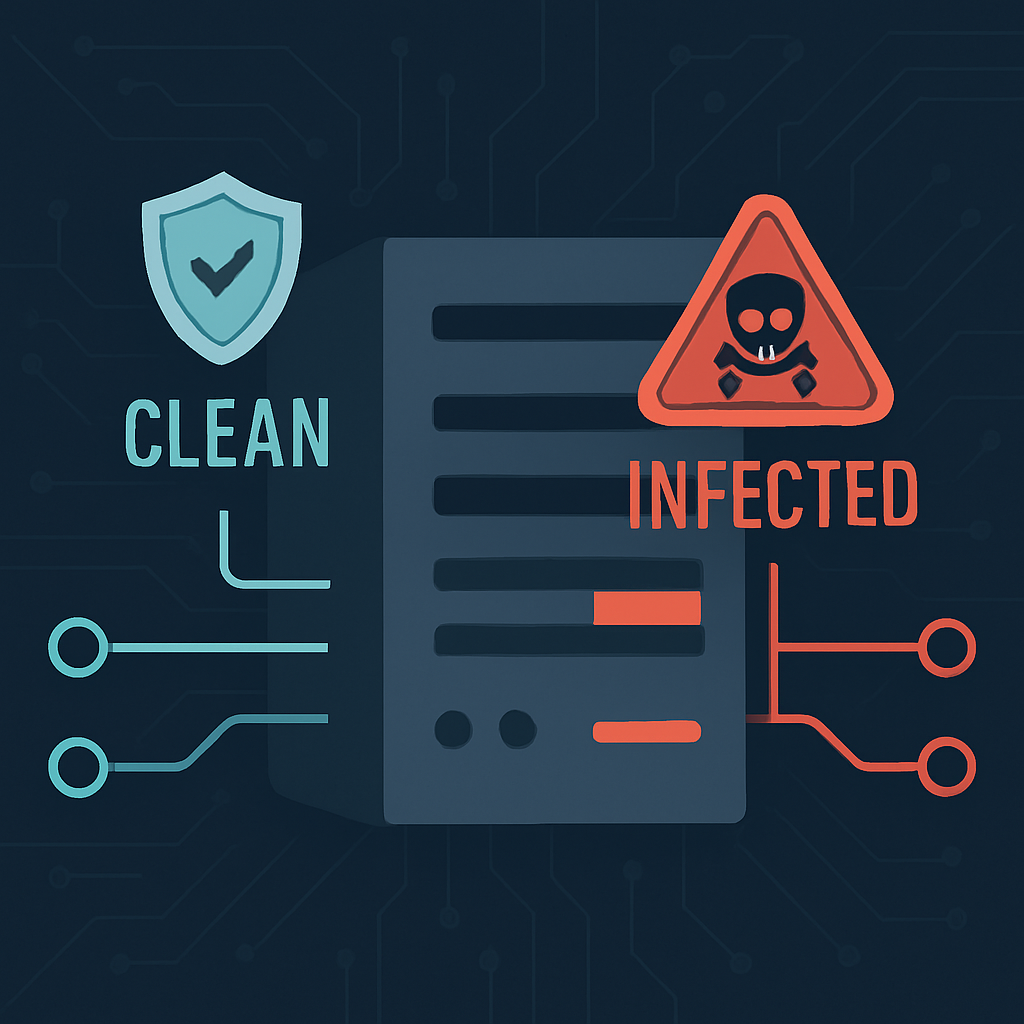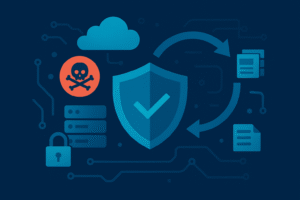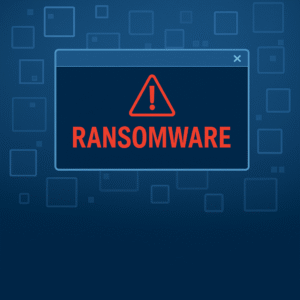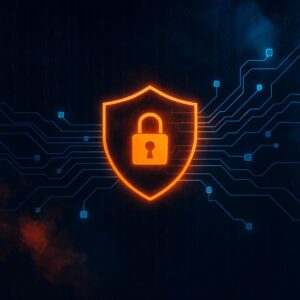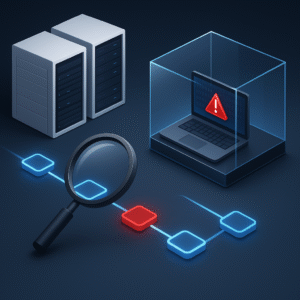Introduction:
In the IT world, snapshots are often seen as a safety net. They’re quick backup copies that let us roll back to a previous state in case of a disaster — ransomware, accidental deletion, or system failure. But here’s the question: Are traditional snapshots really as safe as we think?
The truth is, many organizations blindly trust their snapshots without checking what is inside. Cyber attackers know this and are starting to target directly Virtual Machines stored in the snapshots — turning what should be your backup plan into a major security risk. If your snapshots aren’t verified and monitored properly, they can easily become part of the problem instead of the solution.
Let’s break down why you shouldn’t blindly trust your snapshots — and what you can do to protect yourself.
Snapshots Look Safe — But Often Aren’t
At first glance, snapshots seem like a solid recovery method. They capture the state of your data or system at a given moment , and are easy to roll back to if something goes wrong. But snapshots only look safe — especially if no one’s actually checking what’s in them.
Attackers are getting smarter. Today’s ransomware can infect Storage Stored files and sit quietly inside snapshots dormant for months. So, when a system is restored from a snapshot during a crisis, the malware comes back to life too. In many cases, you won’t realize your snapshot was compromised until it’s too late.
In short: a snapshot that’s supposed to “save the day” could instead bring the threat back into your environment.
Dormant Cyber Threats Inside Snapshots
One of the biggest risks? Dormant malware — malicious files hiding quietly in your snapshots. While snapshots might seem like “clean” copies, any infection present at the time of storing date is also saved.
Think about it: if malware was in the system when the snapshot was created, then it’s also in the snapshot. And if no one scanned the snapshot — it stays there, undetected and ready to strike once you restore it.
Some ransomware is even designed to hide inside backups on purpose, waiting to re-activate when the system is restored. So even if your main system looks clean, your backups might still be infected — and you won’t know until you bring the threat back into production.
The Metadata Blind Spot
Traditional snapshots don’t look into the content or structure of the data — they just capture it. That means they can’t tell you if something suspicious has changed.
If a file was altered in a dangerous way — for example, encrypted by ransomware or injected with a malicious script — the snapshot won’t warn you. It just saves the file as-is.
Most snapshots don’t analyze metadata — they don’t track small but dangerous changes in files, filenames, sizes, or extensions.
And even if you’re using antivirus tools, many of them don’t scan backup files regularly — which gives malware a perfect hiding spot.
Bottom line? You can’t see what you can’t scan. If your snapshots are blind to changes, they may be quietly storing threats you’ll only discover too late.
No Real-Time Validation
Even without malware, there’s a major problem: you don’t know if a snapshot is usable until you try to restore it.
Most organizations assume that if the snapshot was saved successfully, it’s fine. But is it really? Without testing it, you’re just guessing.
What happens if you try to restore — and it fails? Or worse — if it restores damaged, infected or corrupted files?
Without real-time integrity checks, recovery becomes trial-and-error. You might waste precious time trying one snapshot after another, hoping to find one that works — while your systemssystem stays downdown, and business is on hold.
Recovery Gone Wrong
Now imagine this: there’s been a ransomware attack. You go into recovery mode, and restore the system from an old snapshot. Everything comes back online.
But a few hours later — boom — the malware returns. How?
Because the snapshot was infected. You didn’t know it, but the very act of restoring your system brought the attack back with it.
Instead of solving the crisis, you’ve restarted the nightmare.
This happens more often than you’d think. Without proper scanning or validation, restoring from a compromised snapshot just reintroduces the threat into your network.
The result? More downtime, more damage, and a lot of frustration.
How to Protect Your Snapshots
SoSo, what can you do? Snapshots aren’t the problem — it’s how we use them that needs to change. Here are some ways to make sure your snapshots are really safe:
1. Scan Snapshots for Threats
Use tools that can scan snapshots at the file level — even older ones. Look for solutions that can detect ransomware patterns, suspicious file types, and changes across snapshots.
For example, platforms like CyberSnap automatically scan every new snapshot using YARA rules, behavioral analysis, and real-time threat detection.
2. Validate Integrity Before Recovery
Make sure every snapshot goes through automated integrity checks. You should be able to confirm that it’s complete, consistent, and free of known issues before you ever restore it.
Don’t wait for disaster to test your backups.
3. Use Sandbox Testing
Never restore a snapshot directly into production. Instead, run it in an isolated sandbox environment — a secure copy of your system where you can test how the snapshot behaves.
If it’s clean, great. If malware activates, it’s trapped in the sandbox — not in your real systems.
4. Scan Snapshot History
Sometimes, the threat entered your system months ago. That’s why it’s important to scan older snapshots — not just the most recent oneones.
Some tools let you scan up to 50 past snapshots and find out when the threat first appeared. This helps you recover to a point before the infection ever happenedhappens.
5. Use Immutable, Secure Backup Policies
Aside from scanning, use smart policies:
Keep at least one immutable (unchangeable) copy of your snapshots.
Store some backups offline or with limited access.
Track who can delete or modify snapshots.
Set up alerts for major file changes or spikes in encryption activity.
Run disaster recovery drills to make sure your snapshots can be restored when it really matters.
Final Thoughts
Snapshots are powerful — but only if they’re clean and trustworthy. If you aren’t scanning, testing, or verifying the content of the snapshots them, then you’re working on blind trust — and that’s not good enough in today’s threat landscape.
The tools exist. You can scan for malware, validate snapshots in real time, test them in sandboxes, and even map threats visually using advanced platforms.
The question is: Will you keep trusting snapshots blindly — or start treating them like the high-risk assets they really are?
It’s time to open your eyes — and make sure your next recovery doesn’t bring a hidden threat back with it.
